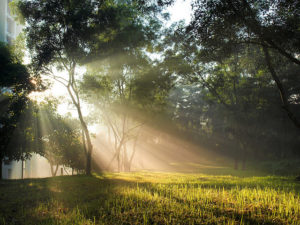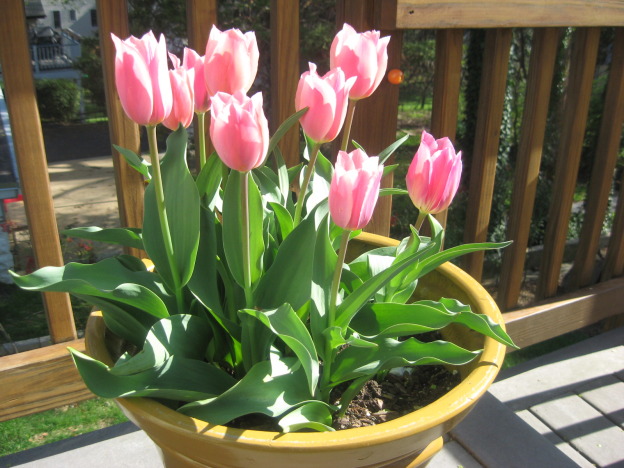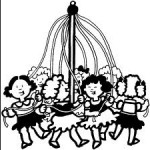Spring is a fun time of the year,with days getting longer and warmer and kids enjoying more time outside.Sometimes, the rain will keep them trapped inside,so here are a few ideas for games to play anywhere.
Have fun!
TELEPHONE:
How to Play:
1. Sit in a circle or a row with players a foot or more apart.
2. Choose one person to start. He comes up with a phrase or sentence — silly or serious, it doesn’t matter.
3. He leans over and whispers the phrase in the ear of the person next to him. That person whispers what she heard into the ear of the next player, and that continues around the circle.
4. When the last person has whispered the phrase in the ear of the first person, he repeats it out loud. After the laughter dies down, he can tell everyone the original sentence or phrase.
RED LIGHT,GREEN LIGHT:
How to Play:
1. Choose one player to be Red Light. He should stand about 25 yards from the other players, with his back turned to them.
2. The other players should be lined up shoulder to shoulder behind him. Their goal is to try to get close enough to tap Red Light on the shoulder, but they can move only when he says, “Green Light.”
3. To begin play, Red Light closes his eyes and yells, “Green Light!” Players then run at top speed toward him until he yells, “Red Light!” and turns around as fast as he can. The instant the other players hear “Red Light!” they must stop running. Anyone Red Light sees still moving when he turns around must return to the starting line.
4. This sequence is repeated until a player gets close enough to tap Red Light on the shoulder when his back is turned. This player wins and becomes the next Red Light.
HOPSCOTCH:
Best with:
• 2 or more players
• A sidewalk or patio
How to play:
1. Draw a diagram with numbered boxes about 18 inches wide and one- foot deep.
2. A player tosses a rock into the first box. (If the rock doesn’t land completely within the box, she picks up the rock, and her turn is forfeited.)
3. Without putting a foot down in the rock-occupied space, she hops to the end of the grid, putting one foot in each box. (She’ll have both feet down in adjacent spaces.) Throughout the game, if she falls or puts a foot down when she’s not supposed to, she forfeits her turn, leaves the rock, and tries again in the next round. If she safely reaches Home, she can rest on both feet for a few seconds.
4. She then turns around and hops back. She must stop in the box before the rock-occupied space and pick up the rock; once the rock is retrieved, she can hop into that box. If she makes it back to the beginning safely, it’s the next player’s turn.
5. Players take turns throwing rocks and retrieving them (avoiding all rock-occupied spaces). The first player to make it through all the boxes (including Home) wins.
SARDINES:
How to Play:
1. Declare the boundaries where kids can hide (“only in our backyard” or “only in the basement”).
2. Choose one child to be It. He hides while the rest of the group counts slowly to 20 (or higher).
3. The players then split up to search independently for whoever’s It. When a seeker finds him, he or she joins It in the hiding place, trying to stay as quiet as possible. (Ideally the hiding place should be somewhere that will just barely accommodate all players, and as others find It and crowd in, the silent squeeze becomes tighter — and sillier.)
4. When the last person finds the hiding place, the game’s over, and play resumes with the last person as It.
Originally published in Wondertime magazine.Also,check out this website for fun ideas all year long:www.kaboose.com



 What is Daylight Saving Time?
What is Daylight Saving Time?



